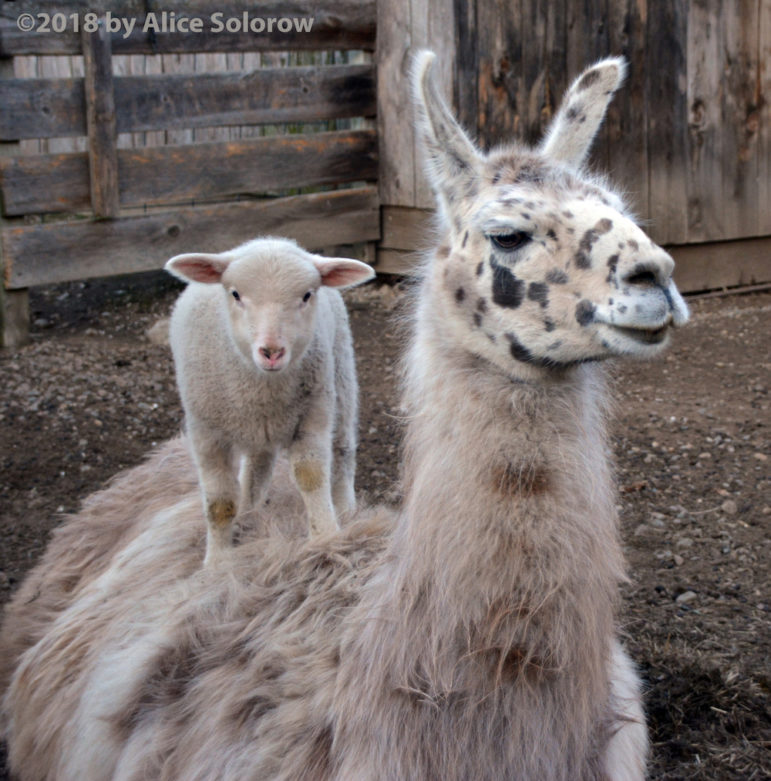
The poet John Keats once wrote that “Beauty is truth, truth beauty,” and many photographers spend entire lifetimes trying to find all the truth and beauty they can in the world, through the lenses of their cameras.
Watertown resident Alice Solorow has dedicated much of her life to capturing moments of beauty in nature and in people’s lives. As a professional photographer and photography teacher at Chapel Hill-Chauncy Hall in Waltham, she finds joy in showing details that people don’t always notice.
“I tend to like things that, well, make me laugh, which is hard to do, or make me cry, or somehow have an emotional outward reaction,” Solorow said, “or just that are so incredibly beautiful.”
For the month of January, the Watertown Free Public Library has been hosting an exhibit of Solorow’s nature photographs entitled “The Nuances of Nature.” Profoundly affected by the violent barrage of natural disasters, the hurricanes and wildfires, Solorow sees the exhibit as a conversation about the environment; she hopes that people who appreciate a photo of a beautiful tulip, or a quirky animal, will pause to consider the climate’s fragility.
“I think it’s important to remember, unfortunately, our environment before it might get destroyed, or ruined, and that’s kind of the reason behind why I did ‘Nuances of Nature,’ because I’m concerned about the environment, and about our lack of care of this planet right now,” Solorow said.
Now 62, Solorow first became inspired to photograph nature on a cross-country trip after studying music and theatre at Connecticut College. As she traveled through places like Bryce Canyon, the Grand Canyon, Death Valley and the Badlands, she became frustrated that she couldn’t get her camera to reproduce the beautiful landscapes she was seeing.
“I’ve always been a visual learner, and I think that trip cross country made me realize that I wanted to capture what I was seeing for longer than just in my memory,” Solorow said. “I was worried that I wouldn’t remember all that I saw.”
After that life-changing trip, Solorow got an associate’s degree from the New England School of Photography, and then later a master’s degree in education in instructional design from UMass Boston. She established her career at Chapel Hill-Chauncy Hall, where she has worked for nearly three-and-a-half decades. Originally from Norwalk, Conn., she settled down in Watertown’s Westside and considers it her home. “I love Watertown,” she said.
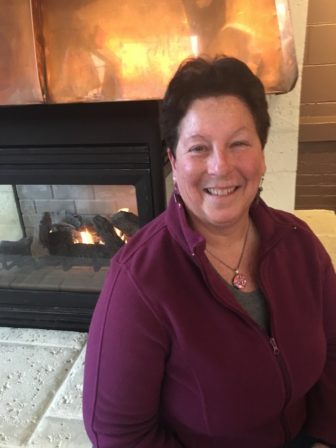
Though Solorow has established firm roots in the Watertown community, she and her camera have traveled the world. Her destinations have included the Galápagos Islands, Australia, Guatemala, Cuba and Italy. A fan of travel shows, Solorow dreams of other trips for the future — to New Zealand, the Azores, and Iceland, to name a few.
“I have a long list,” Solorow said. “I would much rather go to someplace new than go back to a place to revisit, even though I loved it. There’s just so many places to see.”
Later this year, however, Solorow will make her first trip back to the Southwest, to the region that had inspired her so many years ago. Another major exception to the no-repeat philosophy is Acadia National Park in Maine, a place she loves. On a summer day there, she will get up at 4:30 a.m., and photograph the scenery until past sunset.
“That landscape speaks to me. There’s just something about the ocean and those rocks and the pine trees, and how wild it still is. It is astonishingly beautiful,” Solorow said. “Every year I go there, I see something new.”
Solorow also photographs animals in nature; her pictures include iguanas in the Galápagos, a sleeping tortoise, pelicans and blue herons. As much as skill is required, luck plays a key part. While in Australia, Solorow had probably shot about a thousand pictures of koalas, she estimated, but then got a prize photo: an image of a young koala yawning.
“A koala yawning was hysterical,” Solorow said. “It’s a very unusual picture. It’s funny.”
Much closer to home, Solorow captured another unusual animal moment a few years back, along the Watertown-Waltham line. She had been watching baby lambs jump over the back of a resting llama at Gore Place, and was mentally willing one of them to land on the llama’s back.
“So I probably shot about a hundred pictures, and he landed on (the llama), and he looked, and in a half second he was gone,” she said. “I’m so glad I got that image. That means a lot — that one touches my heart, because I used to love watching them together. I was just really lucky to get that picture.”
But for every captured image, there’s the shot that got away — a camera just out of reach, an animal that moves out of focus, a moment that escapes. Losing out on a good photo can be painful, Solorow said.
“At the time they haunt you, but you have to let it go because you’ll beat yourself up forever,” Solorow said. “And luckily there’s enough that I do capture. You just let it go, forget it.”
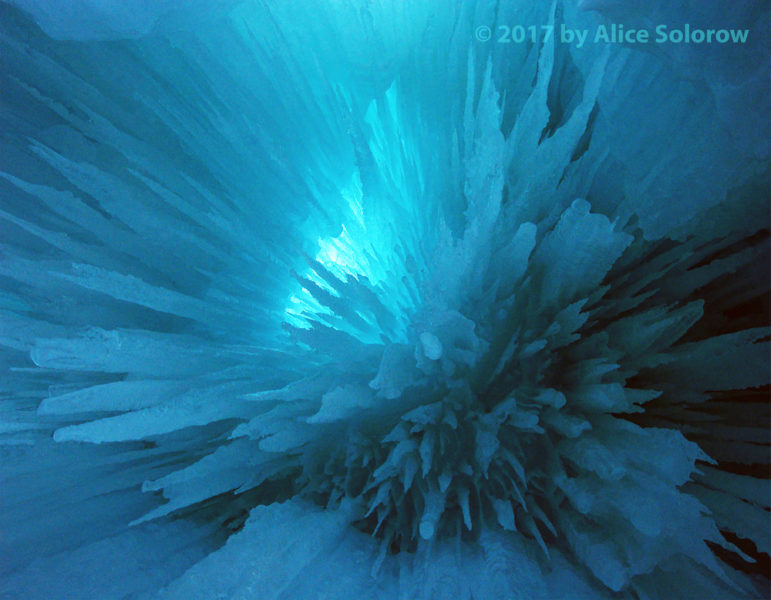
Solorow loves how photography can help show people details that they might have missed, like a shimmery pattern on the water, and can help preserve memories that people might lose through the passage of time.
“I think that has a lot of validity, and it’s important to remember people’s histories,” Solorow said.
As a teacher, Solorow enjoys showing students how to view their surroundings differently. Several of her students have gone on to become professional photographers, which makes her proud — but she also takes pride in the reluctant students, the ones who are forced to fulfill an academic requirement, but who come away with an appreciation for the visual arts.
“I love when kids get inspired by photography,” Solorow said. “I love it when kids show me that they see differently from the beginning to the end of the year, and I certainly love it when they’re hooked.”
Because of the dramatic changes that have overtaken photography in recent decades, the teacher who started out using black and white film has had to become a student again and again, to stay current and to help her students. Solorow embraces learning new technology and new techniques — and besides, she said, there’s really no choice.
“That’s what’s happening with visual arts,” Solorow said. “It’s changing so fast that if you don’t keep up with it, you are obsolete.”
To some extent, the invention of the camera phone has made photographers of everyone. Solorow says the technology allows people to edit and adjust their photos easily, but that doesn’t necessarily make them understand photography or the process.
“You have to have a foundation,” Solorow said. “You have to understand composition, you have to understand how light works, you have to understand color. There are some things you have to learn if you want to be a really good photographer.”
That dynamic — between the wisdom of the old ways and the promise of the new — has resonated throughout Solorow’s career. Sometimes it leads to difficult choices. When her school was planning for a new arts building, she said, she and the administration agreed that they couldn’t justify the expense of building a new darkroom, in the era of digital photography. She had to dismantle the darkroom in which she had spent three decades.
“It still makes me crazy, it makes me choke up,” Solorow said. “And it was the most heart wrenching thing to take it down.”
Solorow’s teaching has evolved as digital technology has transformed photography. Initially, she didn’t allow her students to crop their photos because she wanted them to understand how to frame an image as they were taking it, and not just fix it after the fact. “I’m a purist,” she said. Now, she generally lets students crop, but she does want them to learn the fundamentals, and to understand how much of the imagery that surrounds them has been manipulated, or altered in some way.
“Photography used to be truth, and it is no longer,” she said. “I’ve come to accept that.”
Despite Solorow’s long career, she has only recently begun exhibiting her work. She doesn’t have an Instagram account or a website, and said she hasn’t devoted much effort to self promotion. She had her first exhibit about a year ago at her school, and then another one at the Thomas Crane Public Library in Quincy. And since she lives in Watertown, an exhibit here made sense.
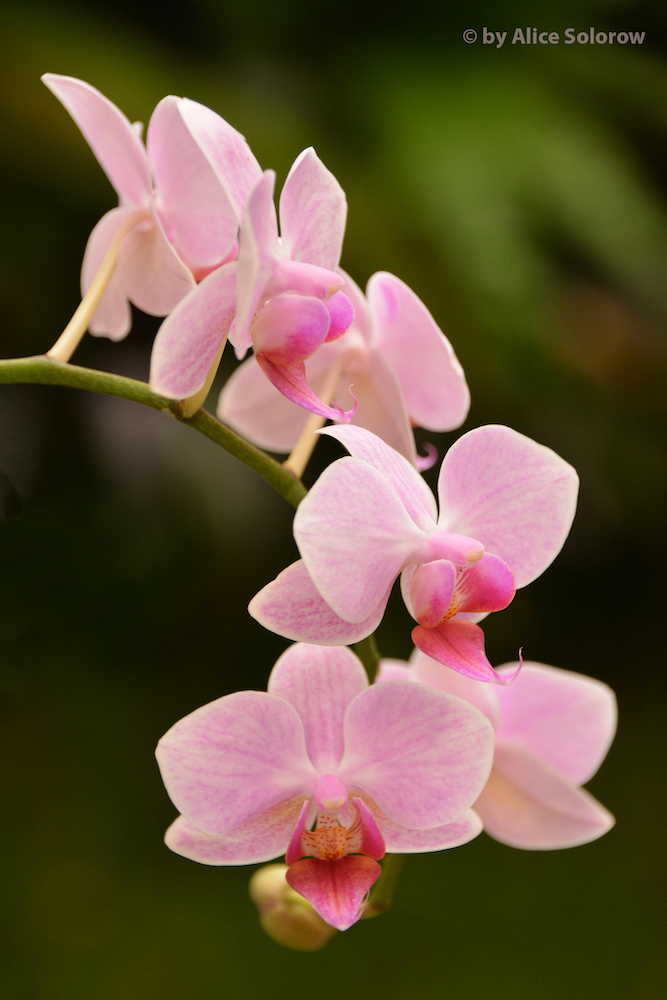
For artists, displaying work opens them up to emotional risk, as they put their work out into the world to be judged. Fortunately for Solorow, she got her first positive review while she was still hanging up her photos at the library, when a man approached her to compliment her work.
“That was so nice of him to stop me,” she said. “I was about halfway done, and he said how much he liked my work, so that was nice.”
To exhibit her photographs at the library, Solorow had to submit several jpegs of her images, and a statement explaining her work. Jamie Kallestad, the library’s community engagement specialist and the gallery’s curator, said the T. Ross Kelly Family Gallery looks for artists and groups who want to share their work with the Watertown community.
“We selected Alice’s vibrant nature photography because we knew it would enliven our space during one of the coldest months,” Kallestad said. “It’s wonderful that she has chosen to share her photography from around the world with her home community.”
In the future, Solorow said that she would be open to staging more exhibits, and she looks forward to further travels around the world. She has been gravitating more toward abstract images these days, because she likes their ambiguity. And she enjoys the ability to be more selective about her work at this stage of her career.
“I’m kind of getting to the point where I’m shooting only what moves me,” Solorow said. “As an artist, that’s a wonderful thing, because there’s a lot out there that you can photograph.”
If you want to contact Alice Solorow about her photography, she can be reached at zoetuck@yahoo.com.
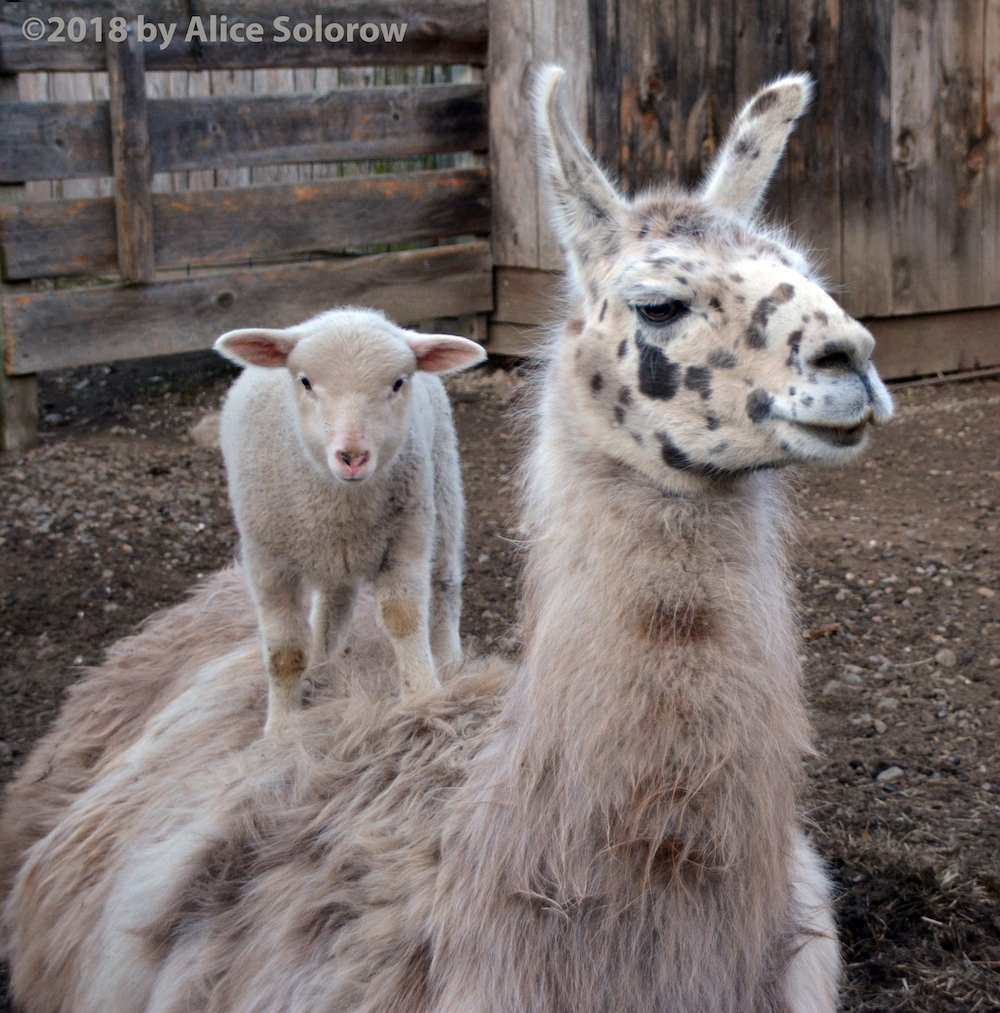
This is stunning work. Thank you for so openly sharing your innermost thoughts on why and what you capture in a photo.
Thank you, Georgia! You were instrumental in my teaching career and I will be eternally grateful for all you’ve done for me over these many years.
Just saw this piece and now planning to catch this exhibit within the next 24 hours! I am one of Alice’s countless former students who found instant inspiration and joy in her classroom (and darkroom, sniff), which continue to inform my worldview (literally and figuratively) lo these many years later. It will be a delight to see her work on fitting display.
Thank you, Lisa for your sweet comments! I hope you did get to see this show. I’d welcome any feedback as an excuse to get together again!